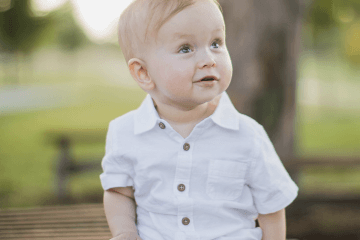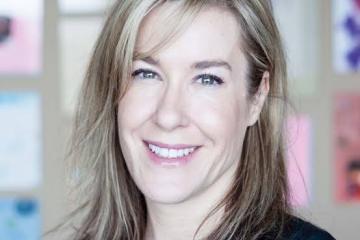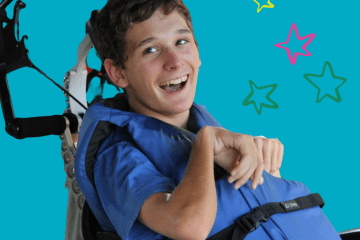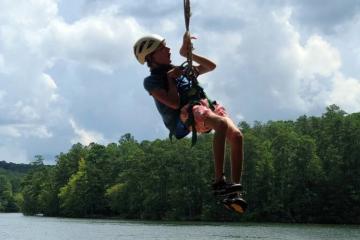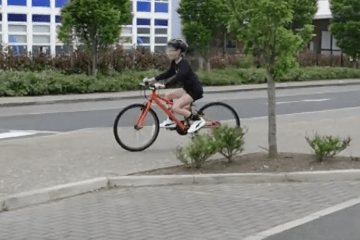What is the International Classification of Function?
The World Health Organization has developed the ‘International Classification of Function’ (shown in the picture above). This gives us a way to think about any health condition. Here we can see many ideas that we need to think about with CP. We can also see how these many ideas are connected to one another.
There are some ‘F-words’ that illustrate how the ICF can be useful in cerebral palsy. These are shown in the picture above. These words are examples of the ways that people can think about the ICF ideas. We know that many parents and service providers around the world find these F-words helpful. The words show us how we can think about our treatment goals. They also show how children’s development can change with treatments.
BODY STRUCTURE and FUNCTION – and FITNESS
In CP the brain cannot easily send clear messages to the muscles. As a result, body position and control of movement are ‘impaired’ (they are not working well). The ICF refers to these brain conditions as problems with ‘body structure and function’.
ACTIVITY and FUNCTIONING
People with CP may have problems with FUNCTIONING (doing ‘activities’). Here we are talking about the ordinary things in daily life that many people take for granted. These include activities like feeding, dressing, talking clearly or getting around. We know that practice, and the right kinds of equipment (such as a wheelchair for moving around, or devices that help people tell us what’s on their mind) enable people with CP to be as independent and capable as possible (just like glasses do for many of us!).
PARTICIPATION and FRIENDSHIPS
Everyone wants to ‘participate’ in daily life in things that are important to them. This includes building FRIENDSHIPS. In fact, ‘participation’ with other people may be the most important part of our lives. We need to help people with CP be able to be engaged in life with their own interests! What do they like to do? What do they want to do? Can we find ways to help that to happen? This might sometimes mean changing how they do ‘activities’. One example is using special eating utensils and dishes so they can go to the party and eat with their friends. Another is using a wheelchair to allow them to go on the school trip.
PERSONAL FACTORS and FUN!
We all have things we like to do. We also have things we try to avoid! We need to ask people with CP: “What floats your boat?” What things will help someone get involved in their life? We need to know what is FUN and meaningful for people with CP. When we know that, we can work to help people do those things. We know that when something is fun and meaningful people will want to do it. They may even get good at it, but that doesn’t matter. When you have an interest, you can talk about it, and people take in interest in you!
ENVIRONMENTS-especially FAMILIES
The World Health Organization reminds us to pay attention to people’s ‘environments’. The F-words focus on FAMILY. This is the most important environment for all children and teens – with or without CP! CP starts in infancy and affects a whole family. Therefore, all the things we suggest must be done with the family in the center of the picture. As kids get to school age and into their teens, their social circle of friends becomes more and more important. Dating and relationships are as significant to young people with CP as they are to everyone else! Many other parts of the environment are important. Examples include community supports, access to buildings and other places, school, social policies, people’s attitudes toward disability, and opportunities for employment.


